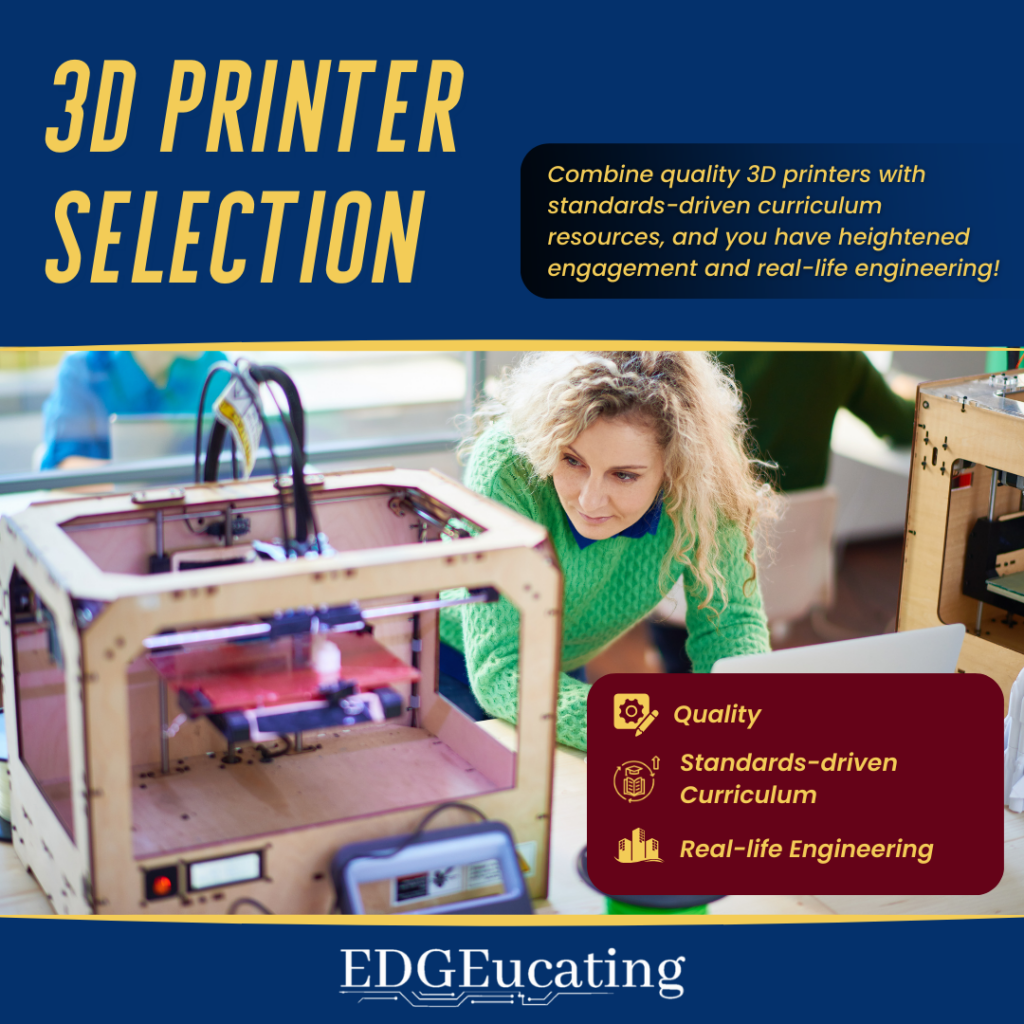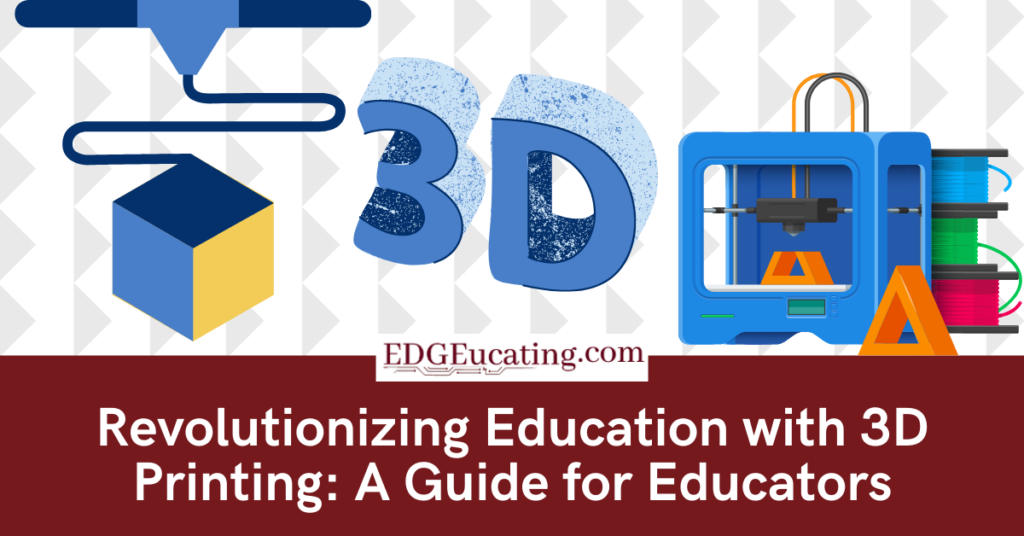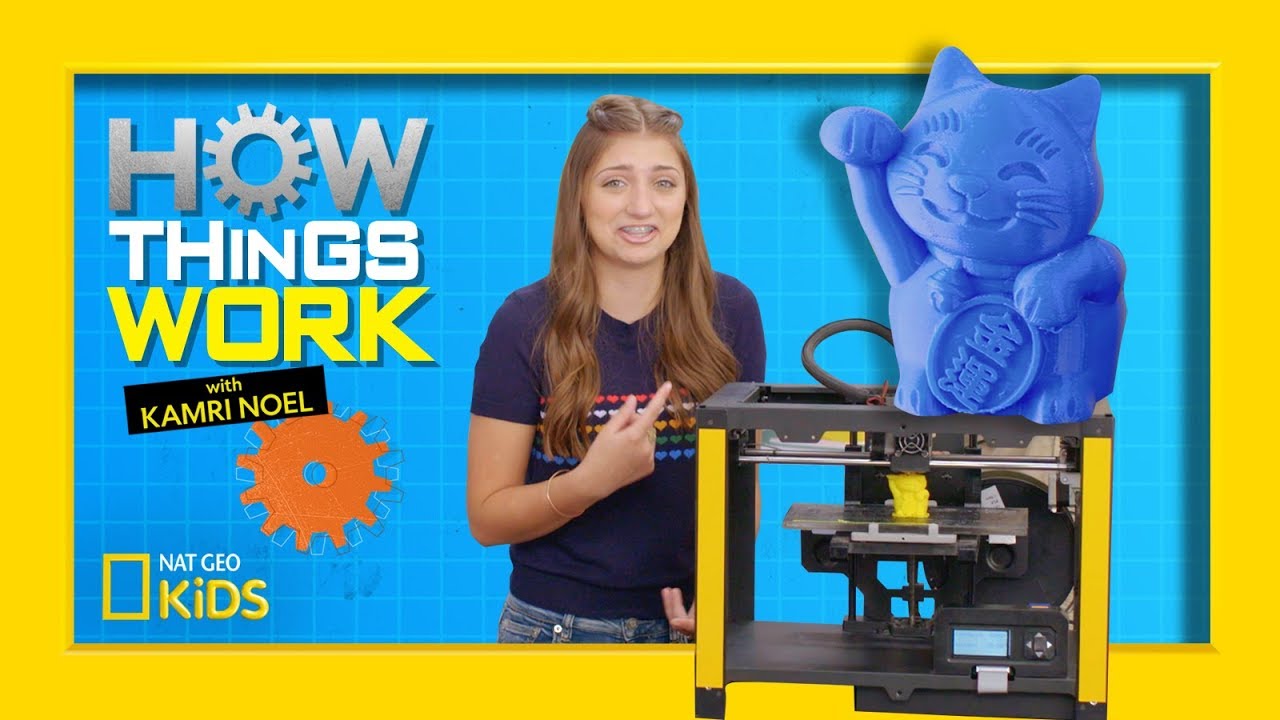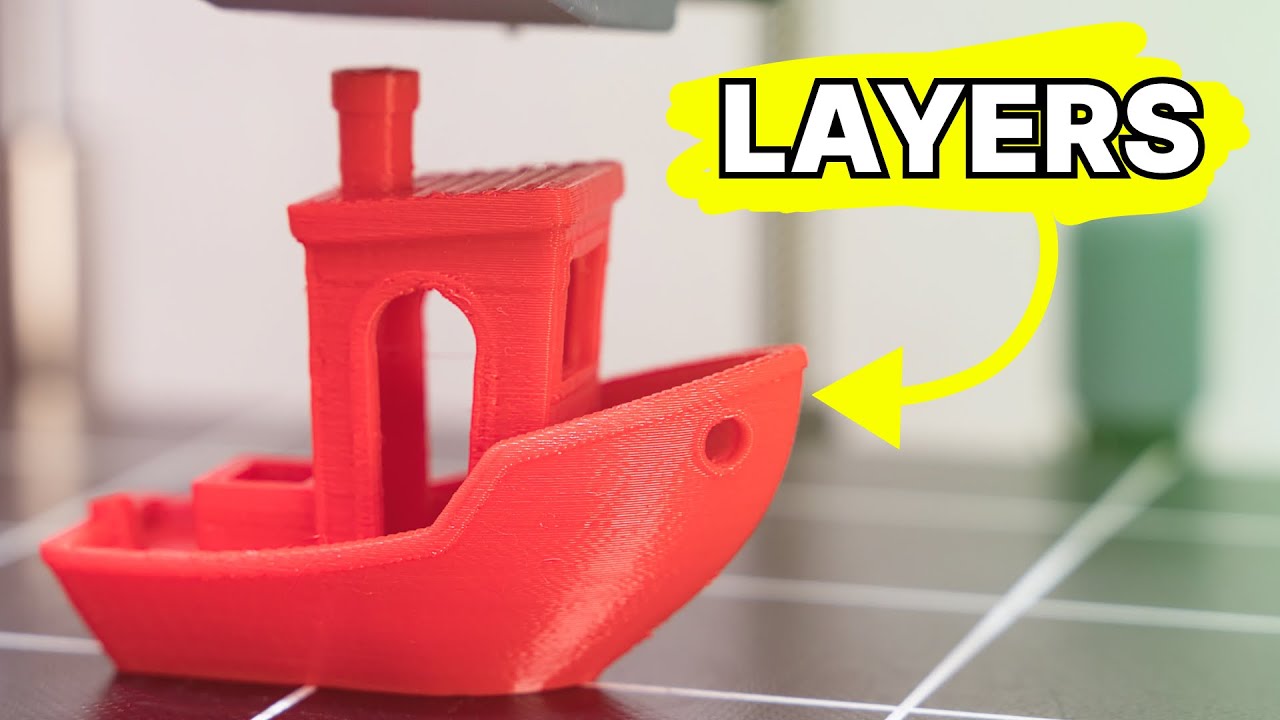Embracing 3D Printing in Education
As educators, we constantly seek innovative ways to enhance the learning experience and better prepare our students for future challenges and opportunities. One transformative tool that has recently gained attention is 3D printing. This technology revolutionizes how students learn, think, and create and opens new career paths, making it an essential addition to modern education and a powerful example of cutting-edge resources for education.
3D printing serves as more than just a technological advancement; it’s a portal to a multitude of real-world applications and future career possibilities. Integrating this tool into our curriculum allows students to engage with tangible projects that connect directly to industries such as engineering, manufacturing, biomedical sciences, and even fashion design, while also fostering creativity and problem-solving skills..
What is 3D Printing?
3D printing, also known as additive manufacturing, is a process that creates three-dimensional objects from a digital file. It involves layering materials, typically plastic or metal, one thin layer at a time until the entire object is formed. Each layer is a thinly sliced, horizontal cross-section of the eventual object. This technology allows for designing and producing complex shapes and structures that would be difficult or impossible to construct through traditional manufacturing methods. In the educational setting, 3D printing offers a unique opportunity for students to turn their digital designs into physical realities, providing a tangible, engaging way to learn about engineering, design principles, problem-solving, and technology.
If you need more information about 3D printing or how it works, these are a few videos that you might find helpful.
(stop this video at 3:54 if used for students)
These videos are also great to use with your students when introducing the concept of 3D printing.
Why Integrate 3D Printing in Schools?
Introducing 3D printing in classrooms significantly boosts interest in STEM (Science, Technology, Engineering, and Mathematics) fields. It encourages students to explore and develop highly valued skills across various industries, inspiring them to consider careers they might not have previously contemplated. Most importantly, 3D printing immerses students in authentic learning experiences where cutting-edge resources for education transform ideas into prototypes, encouraging collaboration and critical thinking.
Educational Resources for Career Exploration
Utilizing resources like Umety’s Career Discovery Package and the Career In STEM Explorer, students can explore over 1,000 career paths, particularly those benefiting from 3D printing skills. These platforms offer invaluable insights into diverse industries and provide a solid foundation for students to build their future careers.
Umety’s Career Discovery platform helps students identify their strengths and preferences through a self-assessment tool, which is crucial for making informed career decisions. Similarly, the Career In STEM Explorer dives into various STEM careers, highlighting how 3D printing skills are applicable and valued in the job market.
Umety’s Career Discovery package is a valuable resource that empowers students to explore, discover, and pursue fulfilling career paths. With a focus on providing guidance and opportunities for growth and development, Umety’s platform begins the journey with a self-assessment tool. This tool allows students to identify their interests, strengths, and areas for improvement, enabling them to make informed decisions about their future careers. Moreover, the platform offers personalized career recommendations tailored to each student’s unique interests and preferences.
To help students explore these possibilities, the Career In STEM Explorer offers an invaluable resource. This online tool dives deep into various STEM careers, many directly linked to the skills acquired through 3D printing. Whether a student is intrigued by the precision of aerospace engineering or the creativity of architectural design, the Career In STEM Explorer illuminates the path, showing how 3D printing skills are applicable and valued in the job market. Engaging students with this resource encourages them to visualize their future in these roles and understand the educational pathways that lead there.
Overcoming Implementation Challenges
While the benefits are clear, implementing 3D printing programs can be challenging, particularly due to funding. Understanding the potential hurdles of funding such innovative programs, it’s crucial to know that numerous grant opportunities are available to schools wishing to integrate 3D printing into their curricula. These grants can alleviate the financial burden, making it feasible for schools to equip their classrooms with the latest 3D technology and ensure equitable access to cutting-edge resources for education. Many grants are available, and organizations like Greater Good Consultants specialize in securing these funds to support educational institutions in adopting cutting-edge technologies like 3D printing without straining budgets.
For those unsure where to start, the Grant Getter Package offered by Greater Good Consultants provides tailored support in identifying and securing grant funds. This service helps educators and administrators navigate the often complex grant application process, ensuring schools have the necessary resources to foster a cutting-edge learning environment. By utilizing this package, schools can enhance their educational tools without straining their budgets, ensuring that all students can access the benefits of 3D printing.

Selecting the Right 3D Printer for Your Classroom
Choosing the appropriate 3D printer is crucial for maximizing the educational benefits of 3D printing. Combine quality 3D printers with standards-driven curriculum resources, and you have heightened engagement and real-life engineering, and meaningful opportunities for problem-solving! But the question is, how do you know what a quality 3D printer is? Here are some of my top picks tailored for educational settings that also offer curriculum easier implementation:
1. Robo E4 and MyStemKits Bundle
This bundle is an excellent start for educators aiming to integrate 3D printing seamlessly into their curriculum. The Robo E4 is designed with schools in mind, featuring easy-to-use interfaces and a robust design suitable for classroom use. Paired with MyStemKits, teachers receive access to various curriculum-aligned kits and projects, from basic geometric shapes to complex engineering designs, fostering creativity and technical skills.
2. 3-D Printing Vehicle Engineering and Design Package
This package offers a focused approach to vehicle engineering and design, which is ideal for students interested in automotive industries or mechanical engineering. It combines 3D printing technology with specific curriculum resources that guide students through the complexities of vehicle design, from conceptualization to creation.
3. 3Doodler EDU Start Learning Pack
Perfect for younger students or beginners, the 3Doodler EDU pack introduces 3D printing through a fun, interactive pen that creates 3D objects instantly. This pack is particularly effective in stimulating interest in technology and design from an early age, with user-friendly materials and comprehensive educational guides that make learning enjoyable and accessible.
Conclusion: The Future of Learning Through 3D Printing
Integrating 3D printing into the K-12 curriculum is not merely about adopting new technology; it’s about preparing our students for the future. We can provide an engaging, inspiring, and transformative educational experience with the right tools, cutting-edge resources for education, and strategic implementation. Let’s embrace the future of education together and open new doors of opportunity for our students, equipping them with the problem-solving skills and knowledge to succeed in tomorrow’s world.




